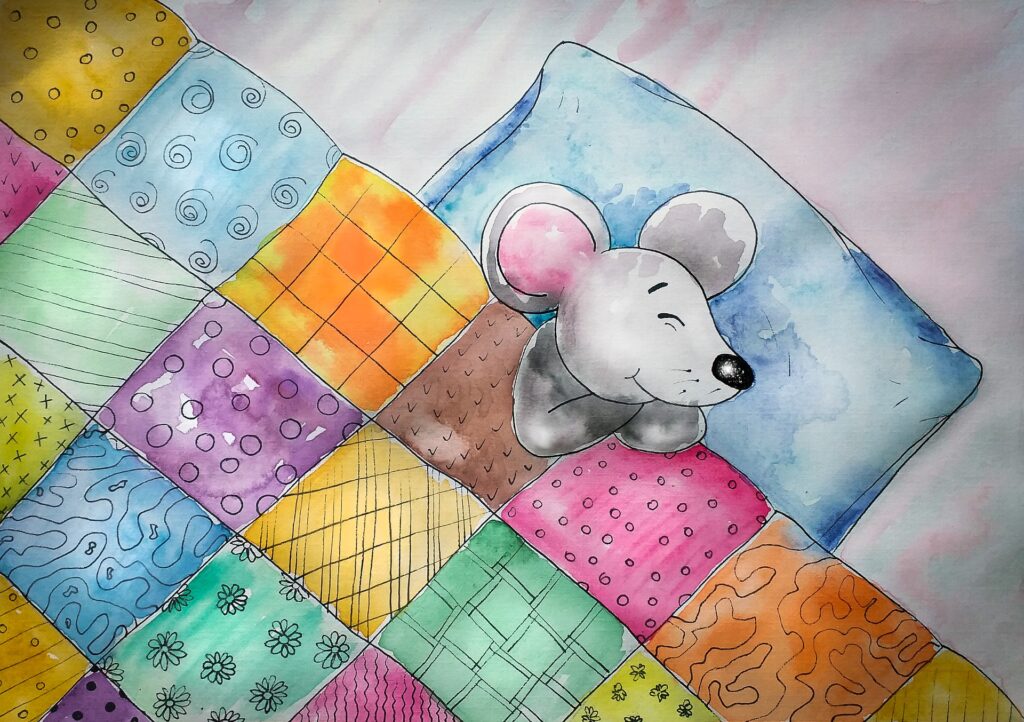Cause and effect relationships are a basic part of the teacher curriculum for elementary aged children. Young children need to learn the basics of cause and effect to understand how the world works. Simply put, cause and effect is a relationship where one thing causes something else to happen. For example, if we play in the mud, we will get dirty. Playing in the mud is the “cause,” and getting dirty is the “effect.”
Picture books can be a useful tool for teaching the concept of cause and effect. Rather than listening to a lecture, children can enjoy a story and learn something at the same time. Before reading a picture book to your children, tell them to listen for key words such as, because, so, if…then, as a result of, etc. These types of words can usually be found in a story that has a cause and effect relationship.
There are three basic types of cause and effect relationships: stated cause and effect relationships, unstated cause and effect relationships, and reciprocal cause and effect relationships. For each type of cause and effect relationship, there are picture books to teach the concept. Here are some great examples to use with your students:
I. Stated Cause and Effect Relationship (it is clearly stated in the story).
The Runaway Bunny by Margaret Wise Brown
Each time a young bunny imagines running away from home, his mother is right behind him. If he becomes a fish, the mother will become a fisherman so she can catch him. The mother rabbit loves her bunny so much that she will follow him no matter where he goes.
II. Unstated Cause and Effect Relationship (children will have to read between the lines)
Tops and Bottoms by Janet Stevens
This is the story of a lazy bear and a clever hare. They are putting in a garden and the hare is doing all of the work. The clever hare tricks the bear into choosing either the tops or bottoms of the plants they harvest. When the bear chooses the tops of the plants, the hare plants carrots and other root vegetables. When the bear chooses bottoms, the hare plants lettuce, and other vegetables that grow above the ground. This book teaches that if you are lazy you will not reap any rewards. Children will have to read between the lines because the cause and effect relationship is not spelled out.
Legend of the Persian Carpet by Tomie de Paola
When a precious jewel is stolen from the palace of King Balash, he is very upset. He loved to go into the room in the palace with the jewel because it was filled with light. Many people try unsuccessfully to solve his problem until a peasant boy is able to help him.
III. Reciprocal Cause and Effect Relationship (One effect will cause a second effect and so on).
If You Give a Mouse a Cookie by Laura Numeroff
This is a classic cause and effect story where one actions leads to another action and then another. If you give a mouse a cookie, he will need a glass of milk to go with it. The story gets sillier and sillier before it circles back around to the beginning again. It ends on the same note that it began with the mouse asking for a cookie.
The Day Jimmy’s Boa Ate the Wash by Trinka Hakes Noble
Jimmy and his class go on a field trip to a farm. The children think the field trip is very dull until Jimmy pulls out his boa constrictor and then all kinds of chaos ensues.
Picture books can be used very effectively in the classroom to teach a number of reading skills. Once you start studying picture books there is no end to the classroom uses you will find for them.

